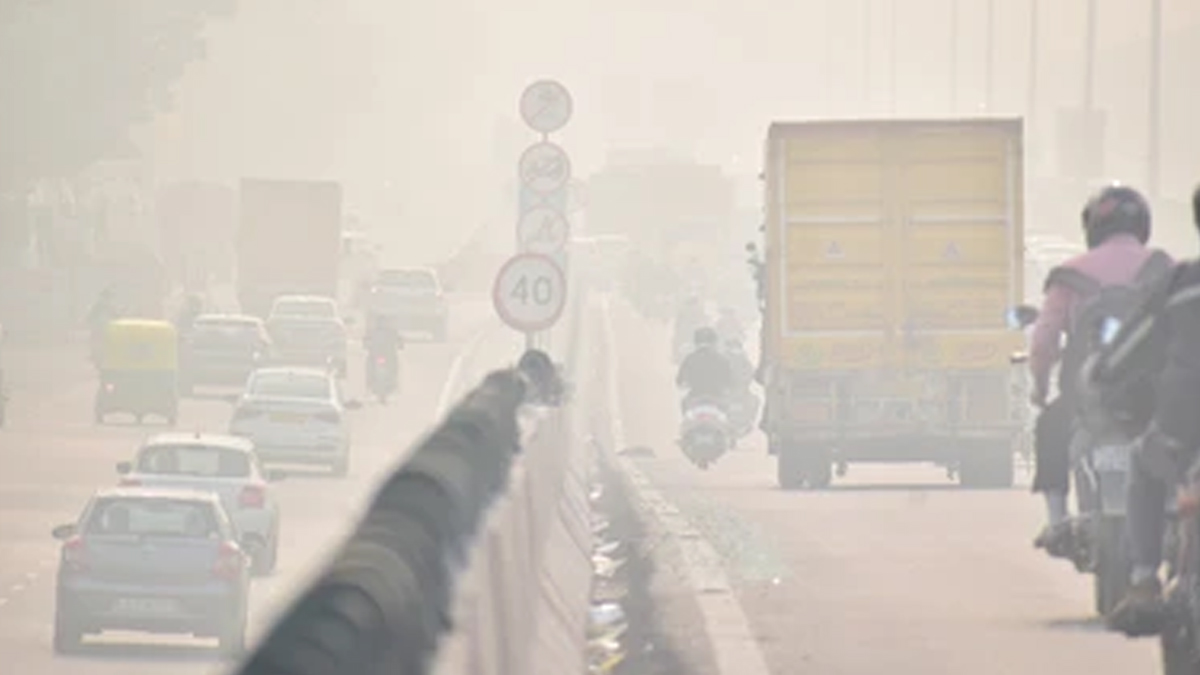The Air Quality Index (AQI) in Delhi has soared to alarming levels, making it difficult for residents to breathe comfortably. A thick smog blankets the National Capital Region (NCR), causing low visibility and replicating what many are referring to as a "gas chamber."
In response, authorities have implemented GRAP-IV restrictions, including a complete ban on construction activities, the shift to online classes, and prohibiting truck entry into Delhi-NCR except for essential goods. However, the public is calling for more robust interventions to tackle the crisis.
Amid deteriorating air quality, many wonder whether an artificial rain could provide some relief. We asked Ashwin Bhadri, the CEO of Equinox Labs, to shed light on the role of artificial rain and how it fairs when it comes to tackling the pollution crisis.
Also Read: Delhi Air Quality Worsens: DU Colleges Shut, Classes Go Online Amid Toxic Air Crisis
What Is Artificial Rain And How Does It Work?

“Artificial rain involves cloud seeding—a technique used to encourage rainfall by adding substances like silver iodide, potassium iodide, or salt particles to clouds,” explains Mr Bhadri, adding that these particles act as nuclei around which water droplets condense, forming raindrops.
The process, introduced in 1946, is typically carried out by aircraft or ground-based generators, releasing these particles into clouds with enough moisture to trigger precipitation.
Artificial rain has several purposes, including water scarcity relief, crop protection, weather condition control, wildfire control, and air pollution dispersion.
Mr Bhadri adds that technology is central to cloud seeding, involving meteorological analysis, advanced aircraft, and sophisticated dispersal systems. The process has been used successfully in countries like China and the UAE. However, challenges remain in scalability, as it requires significant infrastructure, expertise, and favourable weather conditions. In regions with erratic weather like Delhi, scalability is limited, and efficiency depends on precise execution, he notes.
Top Stories
How Effective Is Artificial Rain In Reducing Air Pollution?

It is important to understand that artificial rain can provide temporary relief by washing pollutants such as Particulate Matter (PM2.5 and PM10) and gaseous pollutants out of the air.
“In urban areas like Delhi, it can reduce smog and improve visibility, offering immediate benefits to respiratory health,” says Mr Bhadri. However, its effectiveness depends heavily on the availability of suitable weather conditions, especially clouds with sufficient moisture. While impactful in the short term, it does not address the root causes of air pollution, making it a stopgap measure rather than a comprehensive solution.
A 2023 study published in Atmosphere suggested that while artificial rain is now explored for air pollution control, its effectiveness remains uncertain due to differences in intensity, duration, and scale compared to natural rain, along with varying meteorological and pollution conditions. Researchers noted that high costs and equity concerns further complicate its application, especially in developing regions.
Mr Bhadri adds that the effects can last from a few hours to days, depending on pollution levels and weather conditions. It cannot offer a long-term solution to air pollution, which requires addressing sources like vehicular emissions, industrial waste, and crop burning. According to him, artificial rain should be viewed as an emergency intervention during critical pollution episodes, complemented by sustained policy measures and public awareness campaigns.
Also Read: Pollution And Osteoporosis: Do People Living In Cities Run A Higher Risk?
Potential Environmental Risks Associated With Artificial Rain

While artificially-induced rain may provide temporary relief from air pollution, there are significant potential environmental risks to be considered.
"Artificial rain poses risks such as altering natural precipitation patterns, potentially impacting regional water cycles and ecosystems. While the chemicals used, like silver iodide, are generally deemed safe in small quantities, their long-term environmental effects are not fully understood," says Mr Bhadri.
Additionally, overuse could disrupt natural weather dynamics, emphasising the need for cautious and targeted application.
[Disclaimer: This article contains information provided by an expert and is for informational purposes only. Hence, we advise you to consult your own professional if you are dealing with any health issues to avoid complications.]
